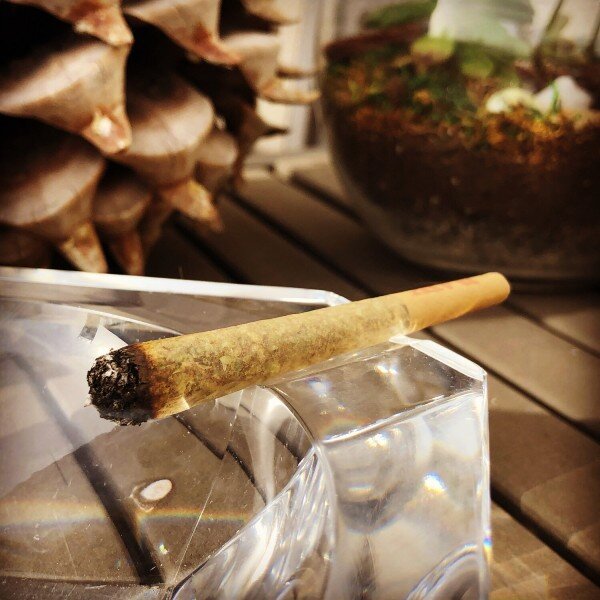Dr. Raphael Mechoulam
People have been getting stoned off Cannabis for thousands of years, but it’s only been the last half century that we’ve understood why.
It was in 1964 at the Weizmann Institute of Science in Rehovot, Israel that Dr. Raphael Mechoulam, along with colleagues Dr. Yehiel Gaoni and Dr. Haviv Edery, first isolated delta-9-tetrahydrocannabinol, which we know as THC.
This began our journey of understanding of the mechanisms behind how and why we get high when we consume decarboxylated Cannabis — which continues today — and led to the discovery of cannabinoid receptors in the human brain and the endocannabinoid system in the human body.
Mechoulam and his colleagues also isolated several more of the 113 cannabinoids that have been found so far, including CBD.
In a 2011 interview with High Times Magazine, Mechoulam said that Cannabis wasn’t well known in the U.S. at the time, mostly being used by jazz musicians. We know this wasn’t entirely accurate, though, as Cannabis was being used in most states and the underground industry was growing.
Because it was illegal in many countries by the 1960s, there was little research being done on the plant. As an organic chemist, Mechoulam was interested in biological activity and it was the lack of knowledge or ongoing research that drew him to Cannabis.
He had asked for a research grant from the American-based National Institute of Health (NIH), which turned him down. But they became interested after Mechoulam managed to isolate 10 grams of THC from hashish.
Despite Cannabis being illegal in Isreal, Mechoulam said they were able to do research as the government understood they weren’t selling it on the side. As we say so often, it was a different time back then.
Why the NIH suddenly got involved is also an interesting story, as told to High Times by Mechoulam:
“Yeah, well, they [NIH] didn’t have a single grant on cannabis at that time, but the National Institute of Mental Health did, I think. As I said earlier, the NIH wrote me that they don’t want to, they won’t give me money, because it’s not interesting or relevant. And then, all of a sudden, I get a phone call from the head of pharmacology at NIH, and they’re now interested. So I asked him: “What happened, all of a sudden, that you have great interest?” Well, it turned out that a senator had called NIH – his son smoked pot, and he wanted to know whether it would destroy his mind!
And just like that, the government got NIH to change direction. They don’t want to fight the senators because they need their support, and they looked around and [said] “Aha!” – they don’t support grants on marijuana, so they asked me if I was still working. We had just isolated THC, and that was it.”
Along with illegality, our lack of knowledge also came from the fact isolating THC was not an easy thing to do, as Mechoulam explained to High Times:
See, morphine and cocaine are so-called alkaloids, namely a natural product that contains a nitrogen [atom] on the molecule, and it can give us salt; it precipitates as a salt. And so you have salt: Cocaine is a salt, morphine is a salt – very easy to prepare. It turned out that THC does not have a nitrogen, and it is present in a mixture of compounds – we know that there are about 60 of them now. And they didn’t have the techniques to isolate them in the past. So a few people tried here and there, actually some very good people – one of them [Lord Alexander Todd] got the Nobel Prize for something else. But they never succeeded in isolating the pure substance, and so they never knew whether they had one compound or many compounds, and so on.
Our understanding of THC has grown since that initial breakthrough. We now know there are CB1 and CB2 receptors in our bodies and brains, and that THC binds to these, giving us euphoric effects.
We also now know that when we smoke Cannabis, it becomes decarboxylated and the delta-9-THC molecules are carried from our lungs to our brains via capillaries. But when we eat decarboxylated Cannabis, our livers break the delta-9-THC molecule down, creating the metabolite 11-OH-THC, which is believed to be one of the reasons why edibles last much longer and are stronger than flower.
Another positive that will come from legalization is the fact it makes research easier to undertake, which will expand our understanding further.
To hear Mechoulam tell the story himself, watch this brilliant documentary:













